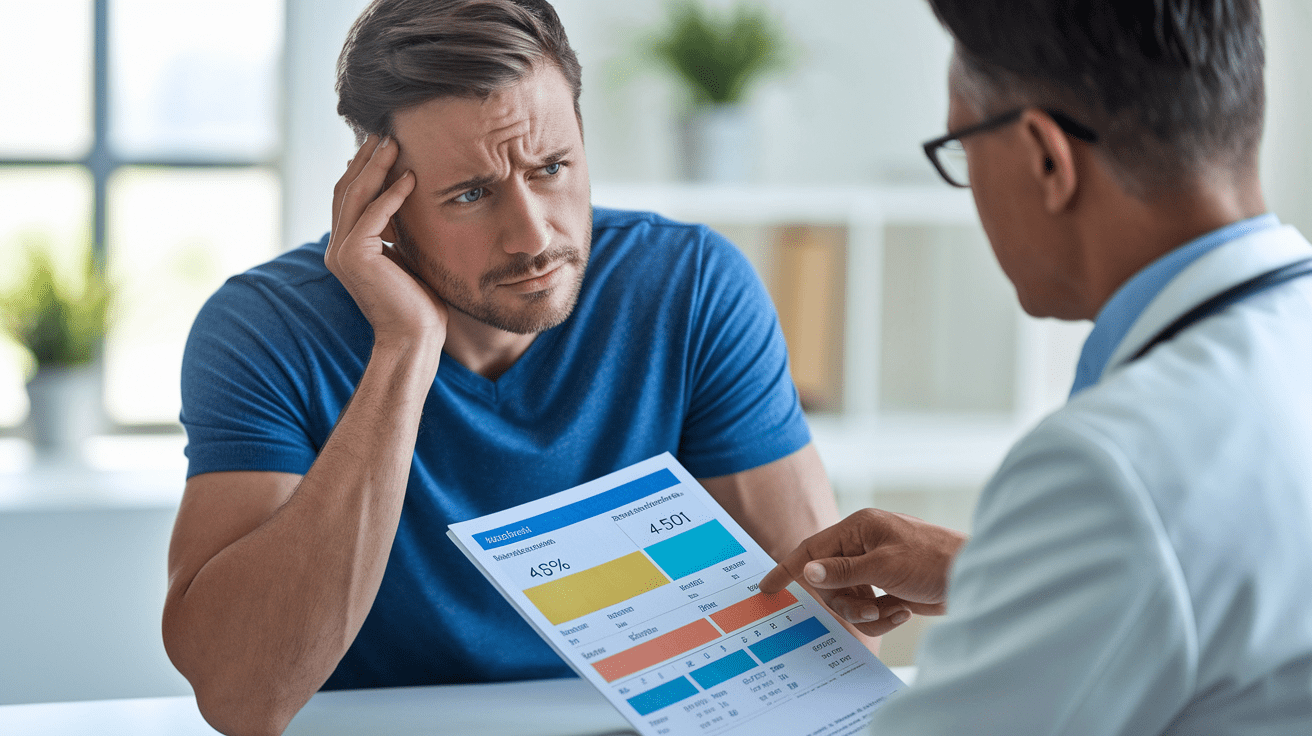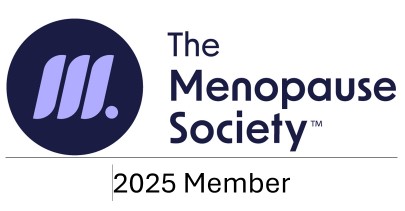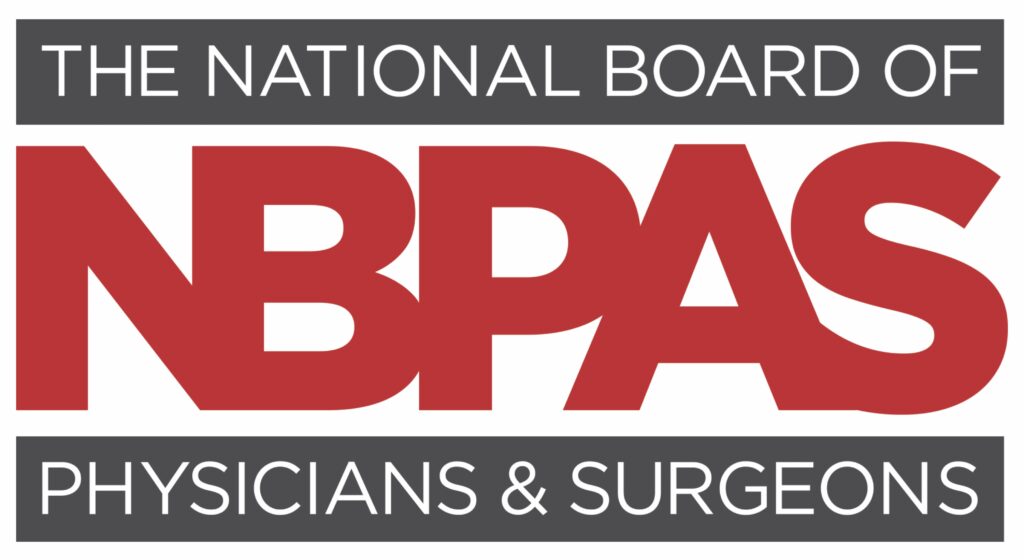
Testosterone is the hormone that fuels male vitality—supporting energy, muscle mass, mental focus, sex drive, and more. But by age 30, many men begin to experience a slow decline in levels. Over time, this can lead to frustrating symptoms like fatigue, weight gain, low libido, and mood swings.
At Mirabile M.D. Beauty, Health & Wellness, we work with men every day who are dealing with the effects of low testosterone. If you’re not feeling like yourself, it’s time to understand what might be causing the drop—and what you can do to restore your health.
TLDR – Quick Guide
- Testosterone levels naturally decline with age, but several lifestyle and medical factors can accelerate the drop.
- Common causes include stress, poor sleep, obesity, medication use, and hormonal imbalances.
- Symptoms include fatigue, low sex drive, mood swings, weight gain, and reduced strength.
- Hormone therapy can restore balance, energy, and well-being—safely and effectively.
What Is Testosterone and Why Is It Important?
Testosterone is a key male sex hormone produced primarily in the testicles. It supports:
- Sex drive and performance
- Muscle growth and strength
- Fat distribution and metabolism
- Bone density
- Mood stability and mental focus
- Red blood cell production
Even small declines can throw off physical and emotional health—making testosterone an essential part of male vitality.
Common Causes of Low Testosterone in Men
1. Aging
Testosterone levels begin to decline naturally after age 30—typically about 1% per year. For some men, the drop is slow and subtle. For others, the symptoms hit hard by their 40s or 50s.
2. Chronic Stress
Prolonged stress increases cortisol, a hormone that directly suppresses testosterone production. If you’re constantly overwhelmed or anxious, your hormone levels may suffer.
3. Poor Sleep
Testosterone is primarily produced during deep sleep. Sleep apnea, insomnia, or poor sleep hygiene can all disrupt hormone cycles and lower levels.
4. Obesity
Excess fat tissue—especially around the midsection—converts testosterone into estrogen, reducing available levels in the body. Obesity is one of the most common and reversible contributors.
5. Medications
Certain prescriptions can interfere with testosterone production or absorption, including:
- Opioids
- Corticosteroids
- Antidepressants
- Chemotherapy or cancer treatments
6. Hormonal Disorders
Medical conditions like hypogonadism, pituitary gland dysfunction, or thyroid imbalances can impair testosterone production.
7. Alcohol and Substance Use
Heavy alcohol intake and drug use (especially anabolic steroids) can permanently disrupt hormone balance.
8. Environmental Toxins
Exposure to endocrine disruptors like BPA, phthalates, and pesticides can interfere with hormone regulation and testosterone levels.
Symptoms of Low Testosterone
Low T doesn’t always happen overnight. But over time, it can show up in multiple areas:
- Decreased energy and motivation
- Reduced muscle mass and strength
- Weight gain, especially belly fat
- Low libido or erectile dysfunction
- Brain fog or poor concentration
- Mood swings, irritability, or depression
- Poor sleep and recovery
If you’re checking multiple boxes, it’s time to get tested.
Diagnosing and Treating Low Testosterone at Mirabile M.D.
At Mirabile M.D., our team takes a comprehensive, data-driven approach to hormone balance.
What to Expect:
- In-depth consultation and symptom review
- Lab testing to assess testosterone and related hormone levels
- Customized treatment plan based on your results and goals
We offer bio-identical hormone replacement therapy (BHRT) tailored to each patient. Delivery methods may include:
- Topical creams or gels
- Injections
- Pellets (inserted under the skin for slow, steady absorption)
Benefits of Testosterone Optimization
Once balanced, our patients often report:
- Renewed energy and stamina
- Sharper mental clarity and mood
- Increased strength and lean muscle
- Better sleep and recovery
- Improved sex drive and confidence
- Greater overall vitality
Key Takeaways
- Low testosterone can stem from age, lifestyle, stress, medications, or medical conditions.
- Symptoms affect your physical, mental, and emotional health—but they’re reversible.
- Testing and treatment at Mirabile M.D. are safe, personalized, and designed for long-term success.
- You don’t have to settle for feeling “off.” There’s a proven path to feeling strong, sharp, and energized again.
FAQs
- At what age should I get my testosterone checked?
We recommend screening starting in your early 30s—especially if you’re experiencing symptoms. - Is testosterone therapy safe?
Yes—when supervised by experienced professionals. We monitor labs and symptoms to ensure balance, not excess. - Can I boost testosterone naturally?
Healthy habits like strength training, sleep, weight loss, and stress management help. But for many men, therapy is the most effective option. - How long until I feel results?
Most patients begin noticing improvements within a few weeks, with full benefits after 2–3 months. - Will insurance cover testosterone therapy?
Coverage varies. We’ll help you understand your options during your consultation.

